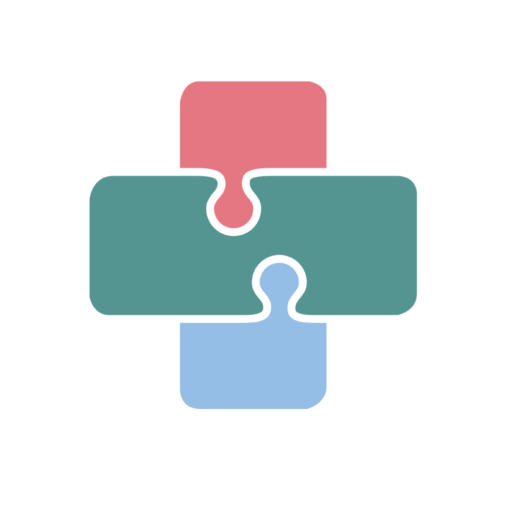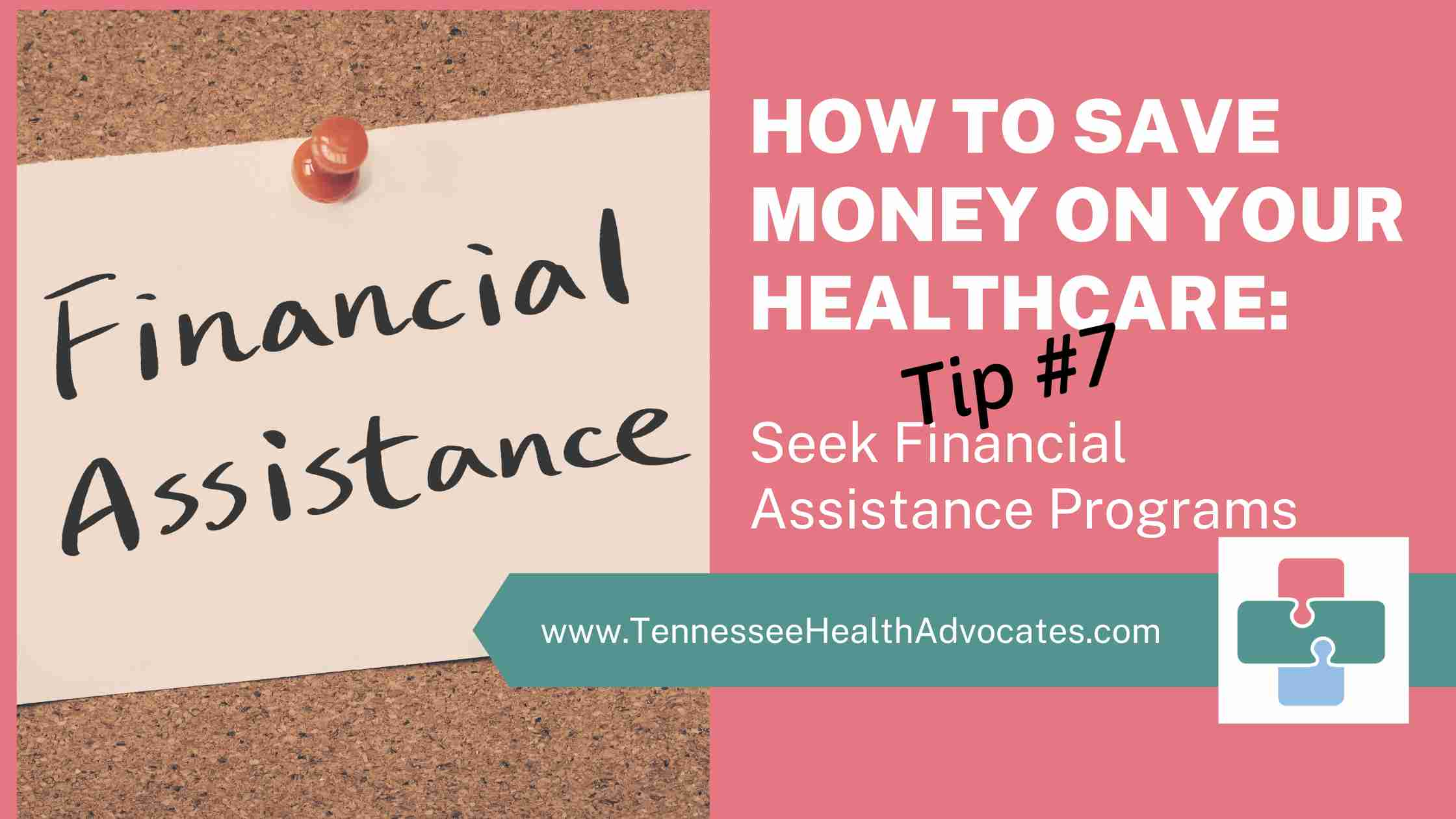Healthcare financial assistance programs are too often unnoticed:. These programs are hidden treasures, waiting to provide support to patients facing daunting medical expenses. I’ve personally witnessed the profound impact of these programs on patients’ lives. This post will shed light on the significance of healthcare financial assistance and guide you through the steps to unlock this vital resource. Whether you’re facing a health crisis or simply planning ahead, the information shared will make a world of difference in your healthcare financial journey. Let’s jump in and explore a financial lifeline every patient should be aware of.
What Are Healthcare Financial Assistance Programs?
Defining Healthcare Financial Assistance Programs
Healthcare financial assistance programs are lifelines for anyone struggling to afford the high costs of medical care. These programs provide financial support to individuals and families who are unable to pay their medical bills due to low income, limited resources, or unexpected expenses. They offer a range of assistance, from grants that cover the full cost of care to discounts on medical bills, co-pays, and deductibles.
Purpose and Eligibility
The primary purpose of healthcare financial assistance programs is to ensure that everyone has access to quality medical care, regardless of their ability to pay. These programs are designed to alleviate the financial burden of medical expenses, allowing you to focus on your health and well-being without the stress of overwhelming debt.
Eligibility for financial assistance programs varies depending on the specific program and the organization administering it. However, most programs have similar eligibility criteria, which typically include:
-
- Low income: The income of the patient or household must fall below a certain threshold to qualify.
- Uninsured or underinsured: Patients may qualify if they are uninsured or have inadequate insurance coverage.
- High medical bills: The patient must have substantial medical bills due to a recent hospitalization, surgery, or ongoing treatment.
Types of Healthcare Financial Assistance Programs
There are several types of healthcare financial assistance programs available, including:
-
- Hospital financial assistance programs (FAPs): These programs are offered by hospitals and healthcare systems to help patients who have received care at their facilities. FAPs typically consider factors such as income, assets, and the amount of the patient’s medical bill.
- State-sponsored programs: Many states have programs in place to assist low-income and uninsured individuals with their medical expenses. These programs may offer grants, discounts on medical bills, or referral services to other assistance programs.
- Nonprofit patient assistance programs: Numerous nonprofit organizations offer financial assistance to patients struggling to afford medications. These programs may provide free or discounted medication, or they may help patients navigate the insurance system and negotiate lower prescription costs.
- Charity care programs: Many medical providers offer charity care, which provides free or discounted care to patients who meet specific eligibility criteria. Charity care is typically based on financial need and the patient’s ability to pay.
Who Benefits from Financial Assistance?
Eligibility Criteria for Financial Assistance Programs
Many of us assume financial assistance programs are designed for low-income individuals and families, however, they also benefit a wider range of people. Eligibility criteria for these programs vary, but generally, they are open to anyone who:
-
- Has low or limited income: This includes individuals and families who are unemployed, underemployed, or have household incomes below the federal poverty level.
- Is uninsured or underinsured: Individuals without health insurance or those with high deductibles, co-pays, or out-of-pocket expenses may qualify for financial assistance.
- Has significant medical expenses: Patients with high medical bills due to hospitalization, surgery, chronic illness, or unexpected medical emergencies may be eligible for assistance.
Beyond Low-Income Individuals
Financial assistance programs are not solely for individuals or families living below the poverty line. Even those with moderate incomes may struggle to afford medical care, especially if they have high deductibles, co-pays, or out-of-pocket expenses. These programs provide much-needed relief for middle-class families who are struggling to make ends meet.
Why Leveraging Financial Assistance Matters
The Financial Burden of Healthcare
The rising cost of healthcare has placed a significant financial burden on individuals and families across the United States. Medical expenses, including hospital stays, prescription drugs, and routine doctor visits, quickly drains financial resources, leading to debt, stress, and even delayed or forgone care.
According to a 2022 survey by the Kaiser Family Foundation, nearly half of all adults in the United States reported having difficulty affording medical care, and 25% reported having medical debt. This financial strain has a ripple effect on other aspects of life, affecting housing stability, food security, and mental health.
Benefits of Utilizing Financial Assistance Programs
Financial assistance programs provide a lifeline for individuals and families struggling to afford healthcare. These programs help alleviate the financial burden of medical expenses, allowing you to focus on their health and well-being without the constant worry of debt.
-
- Reduced financial stress: Financial assistance significantly reduces the stress associated with medical bills, allowing you to focus on your recovery and overall well-being.
- Improved access to care: By reducing financial barriers, financial assistance improves access to necessary medical care, leading to better health outcomes and reduced reliance on emergency rooms.
- Preserved savings: Financial assistance helps you preserve your savings and avoid going into debt due to medical expenses.
Financial assistance programs have profound impacts on individuals and families. These programs provide financial relief and improve access to care, and make a significant difference in the lives of those who need it most.
Finding and Applying for Financial Assistance
Locating Information about Financial Assistance Programs
Navigating the healthcare system is complex, and finding information about financial assistance programs can be challenging. Here are some resources to help you locate relevant information:
-
- Healthcare Provider or Hospital: Your healthcare provider or hospital may have a financial assistance department that provides information about programs they offer or refer you to other resources.
- State Health Insurance Marketplace: Your state’s health insurance marketplace provides information about state-sponsored financial assistance programs and helps you determine your eligibility.
- Online Resources: Numerous websites and online directories list financial assistance programs by state, eligibility criteria, and program type.
- Patient Advocacy Organizations: Patient advocacy organizations, such as the National Patient Advocate Foundation or the Patient Services Incorporated, provide personalized guidance and support in finding and applying for financial assistance programs.
Step-by-Step Application Process
The application process for financial assistance programs varies depending on the specific program, but generally, it involves the following steps:
-
- Determine Eligibility: Review the eligibility criteria for each program you are considering. You may be eligible for multiple programs.
- Gather Documentation: Collect the necessary documents, such as proof of income, tax returns, medical bills, insurance information, and proof of hardship.
- Complete Application Forms: Obtain application forms for the programs you are eligible for. Fill them out accurately and completely, providing all requested information.
- Submit Applications: Submit the completed application forms, along with supporting documentation, to the respective program administrators.
- Follow Up: Follow up with program administrators if you have questions or concerns about your application status.
Common Documents Needed for Application
The specific documents required for financial assistance applications varies, but commonly needed items include:
-
- Proof of Income: This includes tax returns, pay stubs, or Social Security benefit statements.
- Household Size and Composition: Provide information about the number of people in your household and their ages.
- Medical Bills and Insurance Information: Submit copies of recent medical bills and your current health insurance policy details.
- Proof of Assets: Depending on the program, you may need to provide proof of assets, such as bank statements or property ownership documents.
- Proof of Hardship: If you are claiming financial hardship due to circumstances beyond your control, provide supporting documentation, such as letters from employers, landlords, or healthcare providers.
The Role of Patient Advocates
Navigating the Complex Landscape with Patient Advocates
The process of finding and applying for financial assistance can be overwhelming and time-consuming, especially if you are struggling with health concerns. This is where patient advocates play a crucial role. Patient advocates are trained professionals providing personalized support and guidance throughout your healthcare journey, including assisting you in accessing financial assistance.
Patient Advocates: A Guiding Light
As a patient advocate, I have witnessed firsthand the transformative impact of financial assistance on individuals and families. I have seen patients who were facing significant financial strain due to medical expenses regain their peace of mind and focus on their health once they received assistance.
Here are some examples of how patient advocates assist in accessing financial assistance:
-
- Identifying and Understanding Programs: Patient advocates help you research and identify financial assistance programs that align with your specific needs and eligibility criteria.
- Completing Application Forms: Patient advocates assist you in completing application forms accurately and thoroughly, ensuring that all required information is provided.
- Gathering and Organizing Documentation: Patient advocates help you gather and organize the necessary documentation to support your applications, such as proof of income, medical bills, and insurance information.
- Advocating and Communicating with Program Administrators: Patient advocates serve as a liaison between patients and program administrators, advocating for your rights and communicating on your behalf to resolve any issues or concerns.
- Providing Emotional Support and Guidance: Patient advocates provide emotional support and guidance to you throughout the application process, helping you navigate the complexities of the healthcare system and alleviating your anxiety and stress.
Selecting a Patient Advocate: A Partnership for Better Health
When seeking assistance from a patient advocate, consider the following factors:
-
- Experience and Expertise: Choose an advocate with experience in helping patients access financial assistance.
- Communication Skills: Ensure the advocate is a good communicator who clearly explains complex information and addresses your concerns.
- Compassion and Empathy: Select an advocate who is compassionate, empathetic, and genuinely cares about your well-being.
- Accessibility and Availability: Choose an advocate who is accessible and available to provide the support you need.
Patient advocates are a valuable resource for anyone seeking financial assistance, providing expert guidance, emotional support, and unwavering advocacy throughout the process. By partnering with a patient advocate, you can gain access to the financial assistance you need, alleviate your financial burdens, and focus on your health and well-being.
Overcoming Stigmas and Myths
Dispelling Common Misconceptions about Financial Assistance
Financial assistance programs are often shrouded in misconceptions and stigmas that prevent individuals from seeking the help they need. Here are some common myths and the truth behind them:
-
- Myth 1: Financial assistance is only for the poor.
Truth: Financial assistance programs are available to individuals and families across a wide range of income levels. While low-income individuals may qualify for more comprehensive assistance, programs exist for those with moderate incomes who are struggling to afford medical care.
-
- Myth 2: Financial assistance is difficult to qualify for.
Truth: While eligibility criteria do exist, the application process for financial assistance programs is often streamlined and accessible. Patient advocates and healthcare providers provide guidance and support in navigating the application process.
-
- Myth 3: Receiving financial assistance means you are dependent on charity.
Truth: Financial assistance programs are not a form of charity but rather a mechanism to ensure that everyone has access to essential healthcare. These programs are funded through various sources, including government grants, insurance premiums, and contributions from healthcare providers and non-profit organizations.
-
- Myth 4: Applying for financial assistance will damage my credit score.
Truth: Applying for financial assistance does not affect your credit score. Financial assistance programs consider factors such as income, medical expenses, and household composition, not your credit history.
Inspiring Success Stories: The Power of Financial Assistance
The stories of individuals who have benefited from financial assistance programs are a testament to the positive impact these programs have on lives. Here are a few inspiring examples:
-
- Emily, a young mother of two, was struggling to afford her children’s asthma medication. With financial assistance, she was able to continue providing her children with the treatment they needed, allowing them to live healthy and active lives.
- John, a retired carpenter, was facing a mountain of medical bills after a serious heart attack. Financial assistance helped him cover the costs of his surgery, rehabilitation, and ongoing medication, allowing him to focus on his recovery without worrying about debt.
- Maria, a low-income grandmother, was unable to afford regular check-ups and preventive care. With financial assistance, she was able to access the care she needed to manage her chronic health conditions and maintain her independence.
These stories highlight the profound impact that financial assistance programs have on individuals and families. By reducing financial strain and improving access to care, these programs empower you to take charge of your health and live healthier, more fulfilling lives.
Additional Resources
Navigating the healthcare system and accessing financial assistance is a complex process. Here are some additional resources to help you along the way:
Websites and Organizations
-
- National Association of Community Health Centers (NACHC): https://www.nachc.org/
- Patient Advocate Foundation: https://copays.org/patients-family/
- Healthcare Financial Assistance Association (HFAA): https://www.4hfa.com/
- Kaiser Family Foundation (KFF): https://www.kff.org/
- U.S. Department of Health and Human Services (HHS): https://www.hhs.gov/healthcare/index.html
Tools and Apps
-
- Healthcare.gov: https://www.healthcare.gov/
- BenefitsCheckup: https://benefitscheckup.org/
- CoverHer: https://nwlc.org/birth-control-coverher/
- GoodRx: https://www.goodrx.com/how-goodrx-works
- NeedyMeds: https://www.needymeds.org/
Conclusion
Key Takeaways
As we conclude our exploration of healthcare financial assistance, here is a recap of the key takeaways:
-
- Healthcare financial assistance programs are lifelines for patients struggling to afford medical care. These programs provide financial support to individuals and families who are unable to pay their medical bills due to low income, limited resources, or unexpected expenses.
- Financial assistance programs are available to a wide range of individuals, not just those with low incomes. Even those with moderate incomes may qualify for assistance if they have high deductibles, co-pays, or out-of-pocket expenses.
- Navigating the healthcare financial assistance landscape is challenging, but there are resources available to help you access the programs you need. Patient advocates, healthcare providers, and online resources provide guidance and support throughout the application process.
- The benefits of financial assistance extend beyond reduced financial strain. By providing access to necessary medical care, these programs improve health outcomes, reduce reliance on emergency rooms, and promote overall well-being.
Exploring Healthcare Financial Assistance Options
We encourage you to explore healthcare financial assistance options. These programs provide a lifeline to those facing financial barriers to medical care. By understanding your eligibility, navigating the application process, and utilizing available resources, you will unlock the financial assistance you need to prioritize your health and well-being.
Seeking Help When Needed
Remember, you are not alone. If you are struggling to afford medical care, don’t hesitate to seek help. Patient advocates, healthcare providers, and community organizations provide guidance and support. Together, we ensure that everyone has access to the healthcare they need.


